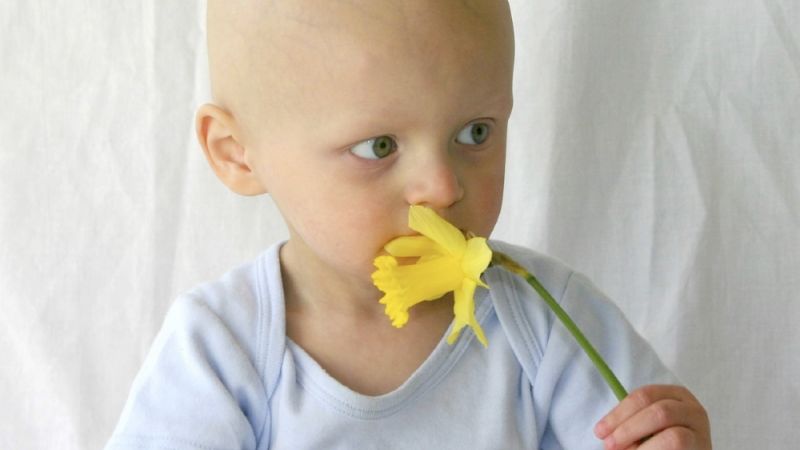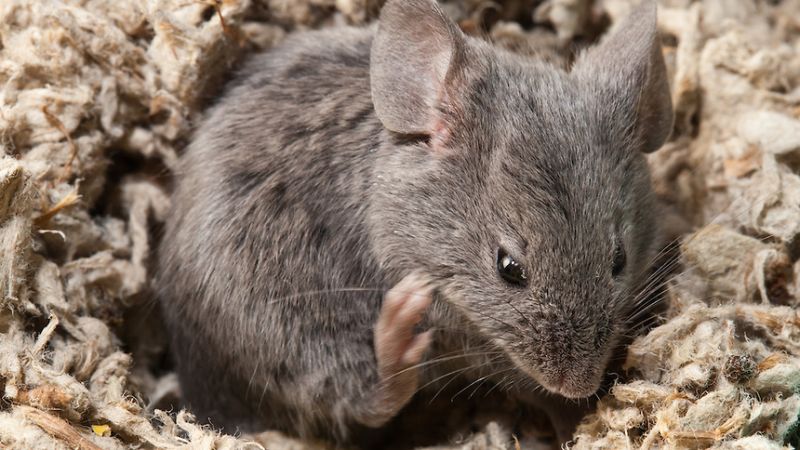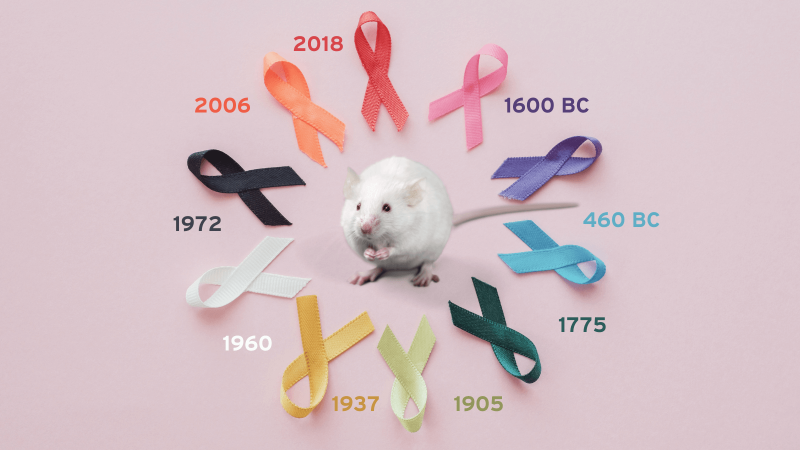
Scientists have exploited an unusual feature of brain cancer cells which makes them burst when exposed to a substance called Vacquinol-1. The potential new therapy allowed mice with the cancer to survive more than twice as long as those that did not receive any treatment.
Glioblastomas are the most aggressive form of brain cancer. With very limited treatment options, fewer than 30% of patients in England survive longer than a year after diagnosis. The tumours are fast growing and difficult to operate on because of their location in the brain. It is therefore critical to find better treatments for these malignant brain tumours.
Using glioma cancer cells taken from patients, scientists at the Karolinska Institutet in Sweden tested hundreds of substances to identify natural weaknesses in the cancer cells. After 200 substances were tested one showed promise. Looking at the cells under the microscope, the researchers saw that the substance, later called Vacquinol-1, was causing the cells’ surfaces to move inwards and bud off to produce bubbles inside the cells. The bubbles, known to scientists as vacuoles, accumulated and eventually became too many for the cancer cells to contain, causing them to burst.
Having found this remarkable effect in cells taken from patients, the researchers needed to test whether the same effect could be replicated in a living animal. Human glioma cancer cells were transplanted into mice and tumours allowed to develop. The mice were then treated with Vacquinol-1 or a placebo control treatment. The average survival was about 30 days for the control group that did not receive the substance. Of those who received the substance six out of eight mice were still alive after 80 days, at which point the study was ended.
These are early results and further animal and then human trials will be needed to determine if Vacquinol-1 is a valuable new treatment for glioblastomas.
Last edited: 11 March 2022 08:03



